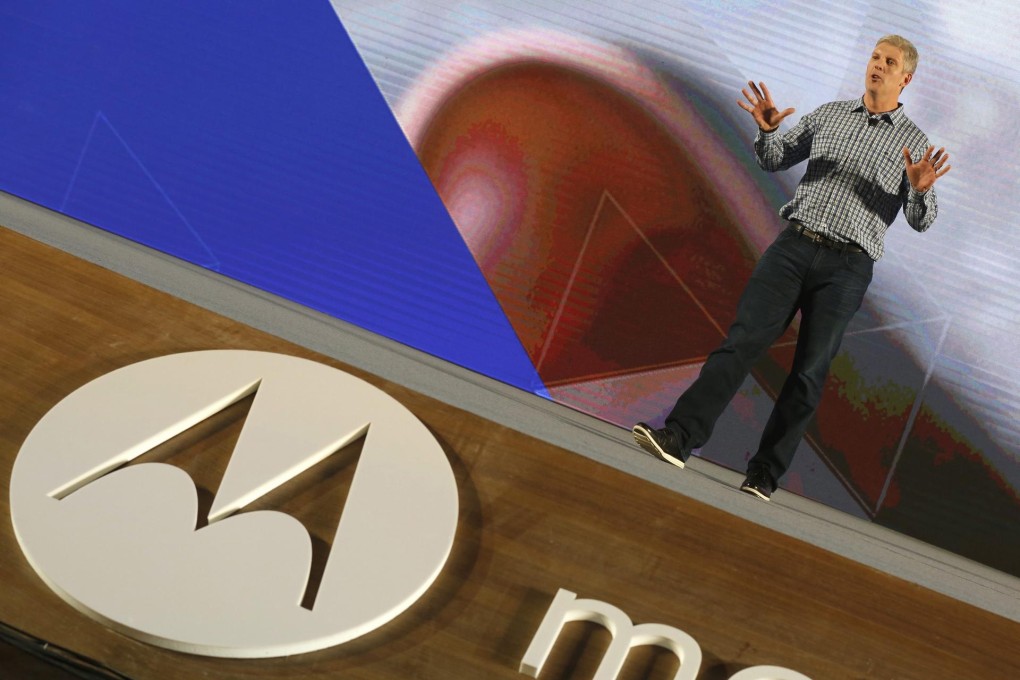New | Motorola marks return to China with new smartphone models
The pioneer in the key market touts customisation as key draw

Motorola unveiled three smartphone models on its return to China following a two-year absence from the most populous mobile phone market.
Motorola was a mobile phone pioneer in China but pulled out in 2013 after its acquisition by Google.
Computer maker Lenovo Group bought Motorola last year as part of its effort to become a global competitor in wireless devices. "This is a day of rebirth," said Liu Jun, Lenovo's executive vice-president.
In a crowded market, Motorola is trying to set itself apart by allowing buyers of its flagship Moto X to customise their phones. Buyers can pick colours, features and exterior materials that include leather and wood, said Rick Osterloh, president of Motorola. The 16 gigabyte version will start at 3,299 yuan (HK$4,146).
The Moto X Pro will have a more powerful processor, bigger screen and other features. The third model, the Moto G, will start at 1,299 yuan for an 8GB model, competing with low-priced Chinese brands including rising star Xiaomi.
All three models will run Google's Android operating system.